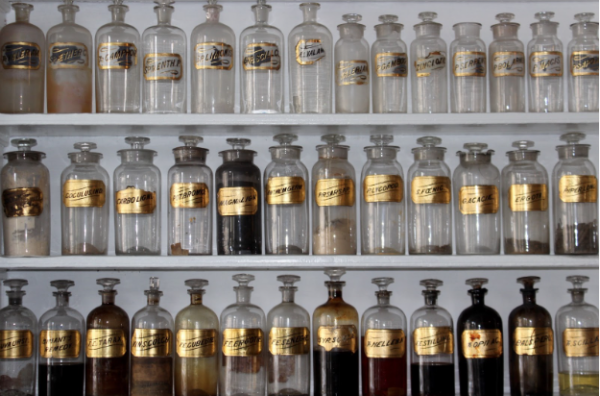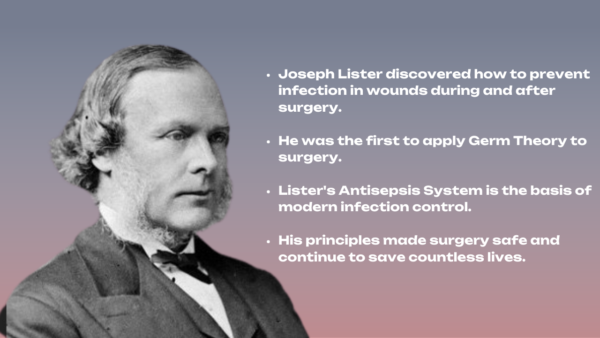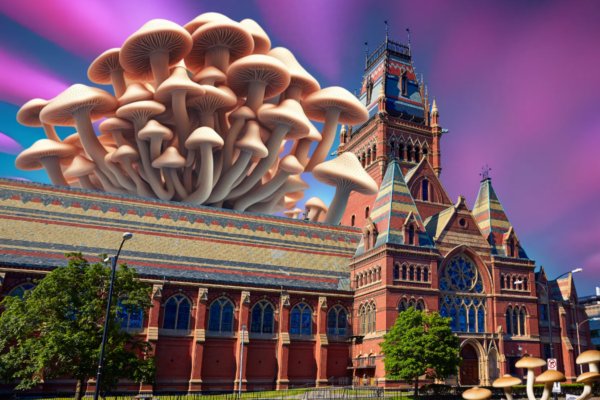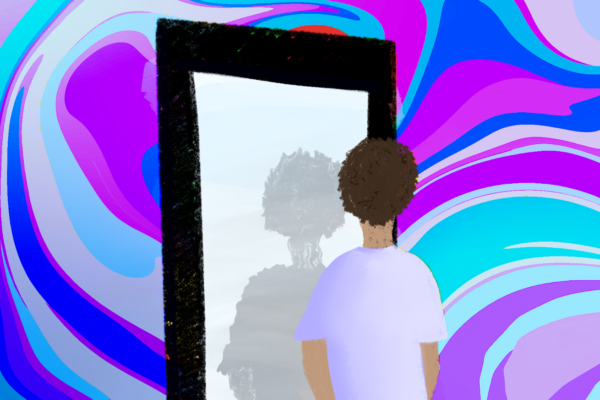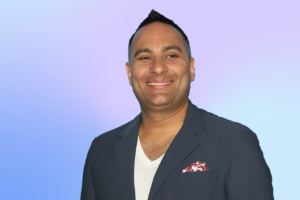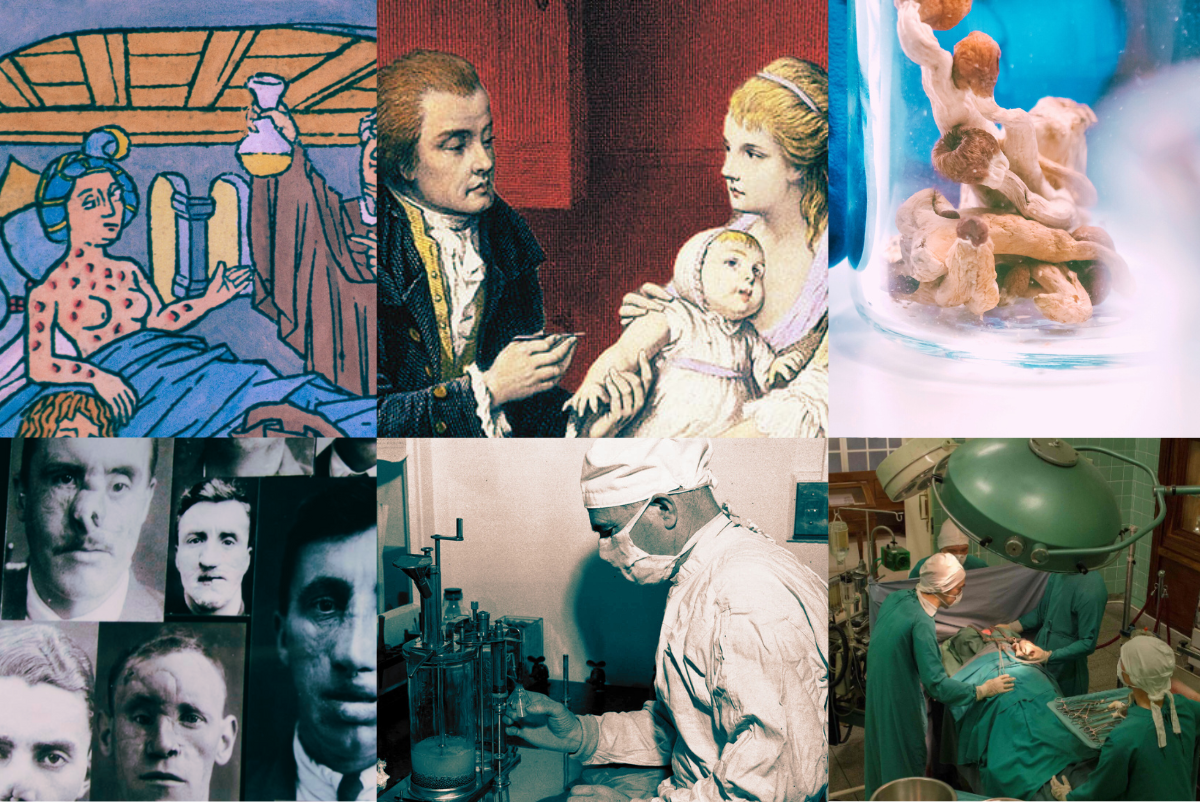
One thing we can all agree on and be thankful for is that medicine has changed throughout human history. Medicine as we know it began in the 18th century. It continued to grow and develop, with scientists and medical professionals progressing in identifying and treating various complex illnesses and diseases.
From various herbal remedies to sexual health medications like Viagra, and psychiatric medications like Escitalopram, how has modern medicine changed over the years? Let’s look at the history of modern medicine to help us unpack the complex nature of medicine.
The 1800s
In the early 1800s, most lands were still rural, with few cities. Most diseases were fatal, and the average life expectancy was incredibly low. Back then, it was common for people to never even reach the age of 35. There were doctors, but they didn’t have the tools, knowledge, and technology we have now, so expensive treatment wasn’t effective. Instead, they may have treated infections with dangerous treatments like leeches or severing limbs.
Most medicines came from herbs, with scientists trying to learn more about the human body. At this point in our history, germs hadn’t been discovered, and there was no such thing as an antibiotic or sterilizing tools and environments.
During the 19th century, urban sprawl contributed to health issues like cholera, with other diseases becoming more common as people started living closer together. Additionally, as more people traveled worldwide, they spread diseases to various communities.
However, during this time, there were tons of scientific advances. We started to learn about germs, hygiene, and antisepsis for treating wounds and infections. Additionally, this was the time when the electrocardiograph, which records electrical activity in the heart, was invented.
The 19th century was also the time when communication improved. While we have the internet now and are in constant contact with our friends and family, people back then relied on the postal service, which allowed medical breakthroughs and knowledge to spread.
The 1900s
By the 20th century, medicine began to evolve with several discoveries, many of which we don’t have the time to mention here. However, scientists started understanding the human body with better anatomical knowledge. Additionally, they verified germ theory, demonstrating certain diseases are caused by microscopic living organisms, leading to the invention of antiseptics used for surgery. The discovery of sterilization dramatically reduced infection and death rates.
Additionally, there were advances in obstetrics, with several individuals advocating disinfecting the hands and clothes of midwives and medical students to reduce fever and death due to childbirth.
Thanks to germ theory, physicians were able to identify deadly organisms like tuberculosis and cholera, which helped us find ways to treat them.
Another medical contribution during this time was the introduction of anesthesia, which improved surgeries and allowed doctors to perform more complex operations. Chloroform was one of the first anesthetics used for surgery and quickly became the best option for the time.
All of these advances led to a steady increase in life expectancy. Here are some of the most significant accomplishments during the 1900s.
Cure for syphilis
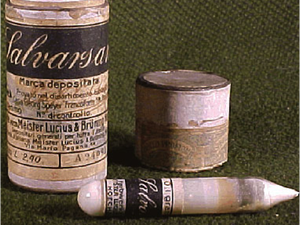
In 1909, Paul Ehrlich developed the theory that chemicals could kill bacteria and make people less sick. This theory led to the discovery that arsphenamine kills the bacteria that causes syphilis. With human experimentation, they found that the chemical didn’t cause any side effects, effectively curing syphilis and coining the term “chemotherapy” to describe the cure of illnesses via chemicals.
Vaccines for tuberculosis
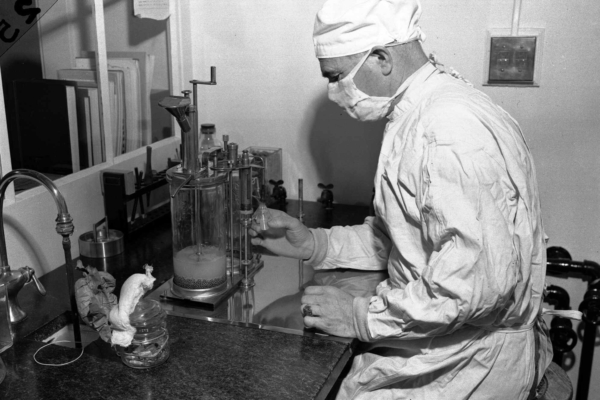
Thanks to germ theory, we identified the organisms that cause tuberculosis. In the early 1920s, scientists developed the cure.
Plastic surgery
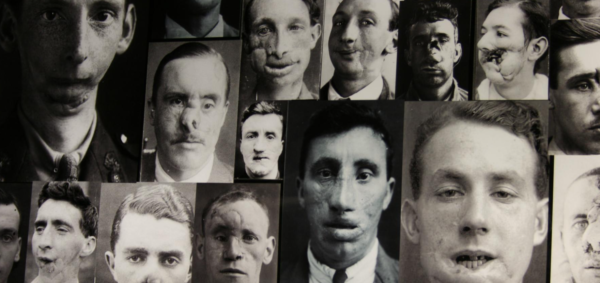
Harold Gillies is considered the father of plastic surgery for his contributions during WWI. Thousands of men had facial injuries that left them disfigured. Gillies set up a plastic surgery hospital and used skin-grafting and reconstructive surgery methods to restore their faces. Gillies continued his work even after the war.
Antibiotics
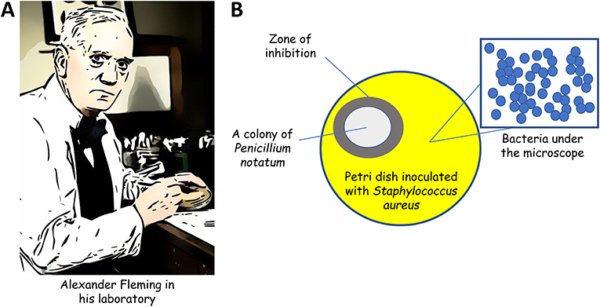
Alexander Fleming developed the first antibiotic, Penicillin, in the 1920s while studying bacteria. Unfortunately, he didn’t have the technology to prove his theory that Penicillin could be an antibacterial agent. However, years later, several scientists isolated Penicillin and demonstrated its potency and effectiveness.
Immunizations
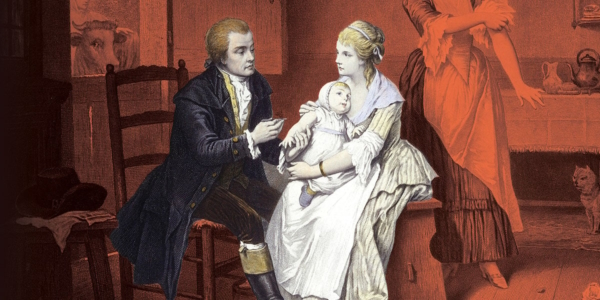
While chemotherapy was an essential discovery, it couldn’t fight or cure viruses. Edward Jenner introduced a vaccine against smallpox, but viruses hadn’t yet been discovered. It took several decades to produce antiviral vaccines that were safe and effective. In the meantime, how the body reacted to viruses was being studied. Eventually, bacteriologists and other scientists developed the first vaccines against typhoid, tetanus, diphtheria, and tuberculosis.
Sex hormones
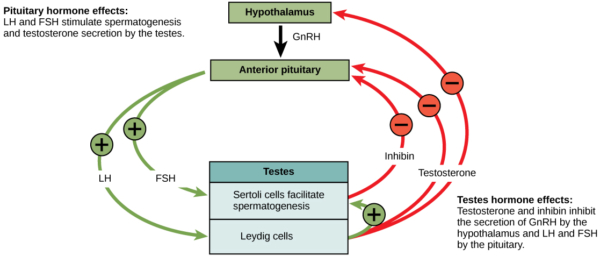
The 20th century led to an increase in knowledge of the endocrine system, allowing us to understand sex hormones and eventually creating birth control to prevent ovulation.
Organ Transplants
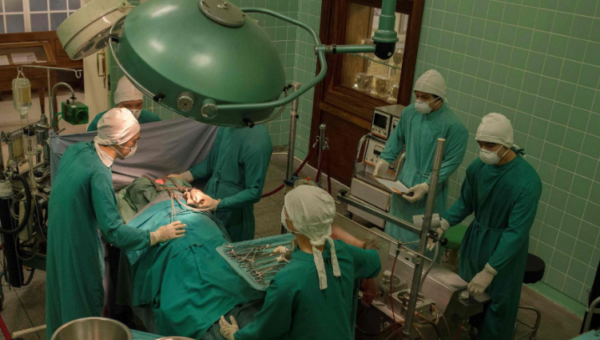
The first organ transplant surgery was performed in 1967 by transplanting a chimpanzee’s heart into a man. Research continued, and eventually, kidney transplants became routine.
The 2000s
So here we are close enough to the present day, with medical sciences continuing to amaze us. Where are we now? We continue to build on all the incredible achievements before us. A few notable medical advances include:
HIV treatment
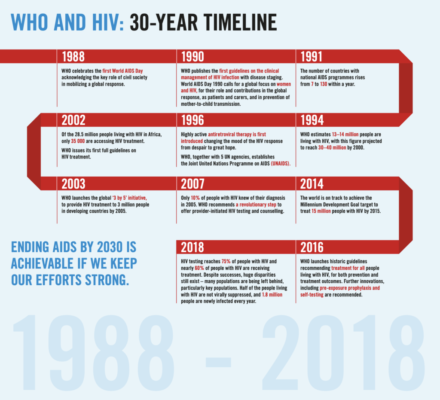
HIV treatment is now incredibly effective, and individuals who receive medication don’t pass on the virus to their partners. Additionally, the amount of the virus in a patient’s blood is close to zero. This isn’t a cure, but the treatment effectively controls it while protecting others.
Gene therapy

Gene therapy is a type of genetic engineering used to treat various diseases and illnesses like heart disease and some forms of cancer.
3D printing
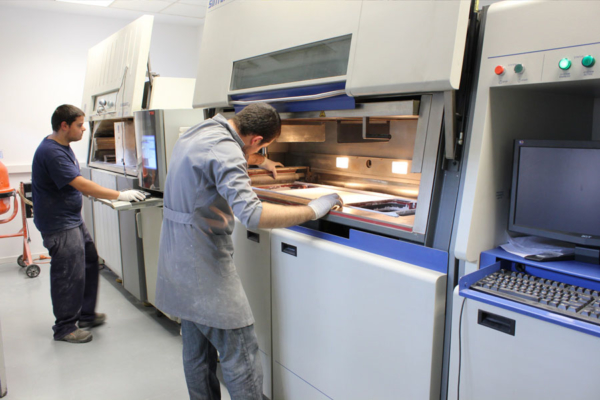
3D printing technology has helped scientists and medical professionals print body parts using a process called bio-printing, which allows them to grow cells from a patient and print skin.
Viagra
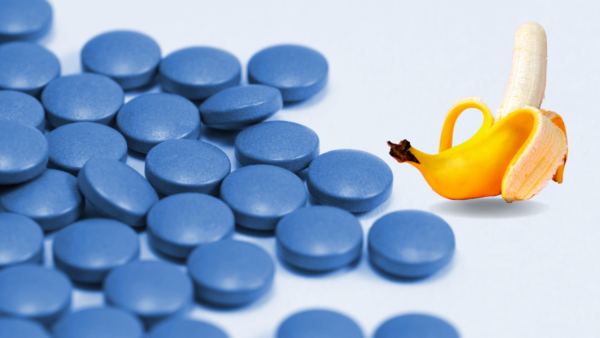
Sometimes, scientific breakthroughs yield predictable results. Viagra was originally developed to treat high blood pressure and chest pain associated with heart disease. However, human clinical participants reported increased erections after taking the drug. Opening up blood vessels throughout the body amplified the effects of sexual stimulation, and now it is being used to treat erectile dysfunction.
And Beyond
The field of medicine is constantly evolving with new studies and technology being developed every day. For example, 3D printing technology is being tested and used more widely in medical treatments. 3D printing allows for more economical prosthetics to treat various ailments from lost limbs, to bone replacements, and more.
Another notable treatments to watch out for in the future is the use of various psychedelic medicines for mental illnesses. After a long pause in the 70s, psychedelic research began again in the early 2000s. Ever since, clinical trials around the globe have been focusing on proving psychedelics’ efficacy in treating a variety of debilitating mental health illnesses. One phase II study shows the effectiveness of LSD to treat patients suffering from a major depressive disorder. Psilocybin, colloquially referred to as mushrooms, also is an effective psychiatric treatment for various disorders such as cluster headaches, depression, alcohol addiction, PTSD, and other mental disorders. One study also showed the efficacy of using mushrooms in terminally ill patients to help patients who are struggling to come to terms with their illness.
As medical studies surrounding the use of psychedelics to treat various medical conditions continue to gain speed, government agencies are having to reevaluate policies prohibiting the use of such drugs in medical settings, making it a notable medical revolution to keep your eye out for.
Final Thoughts
Modern medicine continues to advance, but some obvious roadblocks exist, such as antibiotic resistance. Antibiotics were one of the most important medical discoveries, saving millions of lives. However, germs and pathogens have adapted to them, making treatment less effective. The last 100 years saw an increase in life expectancy and a decrease in serious infections, but medicine isn’t done yet. As new diseases are discovered, we must find new ways to fight back and save lives.
